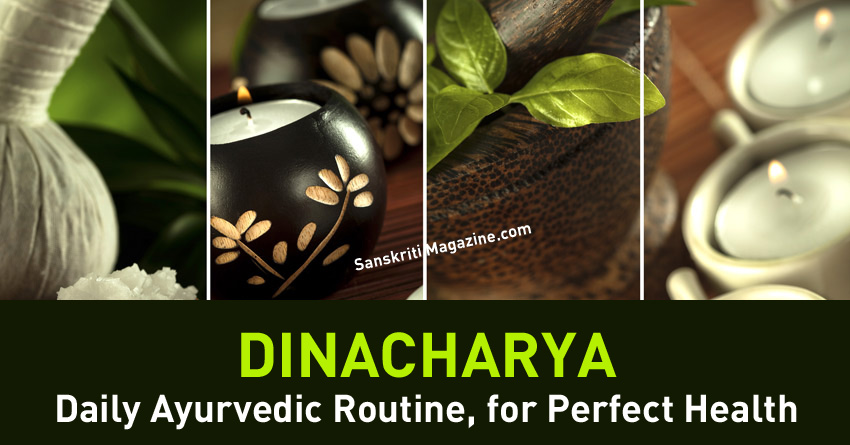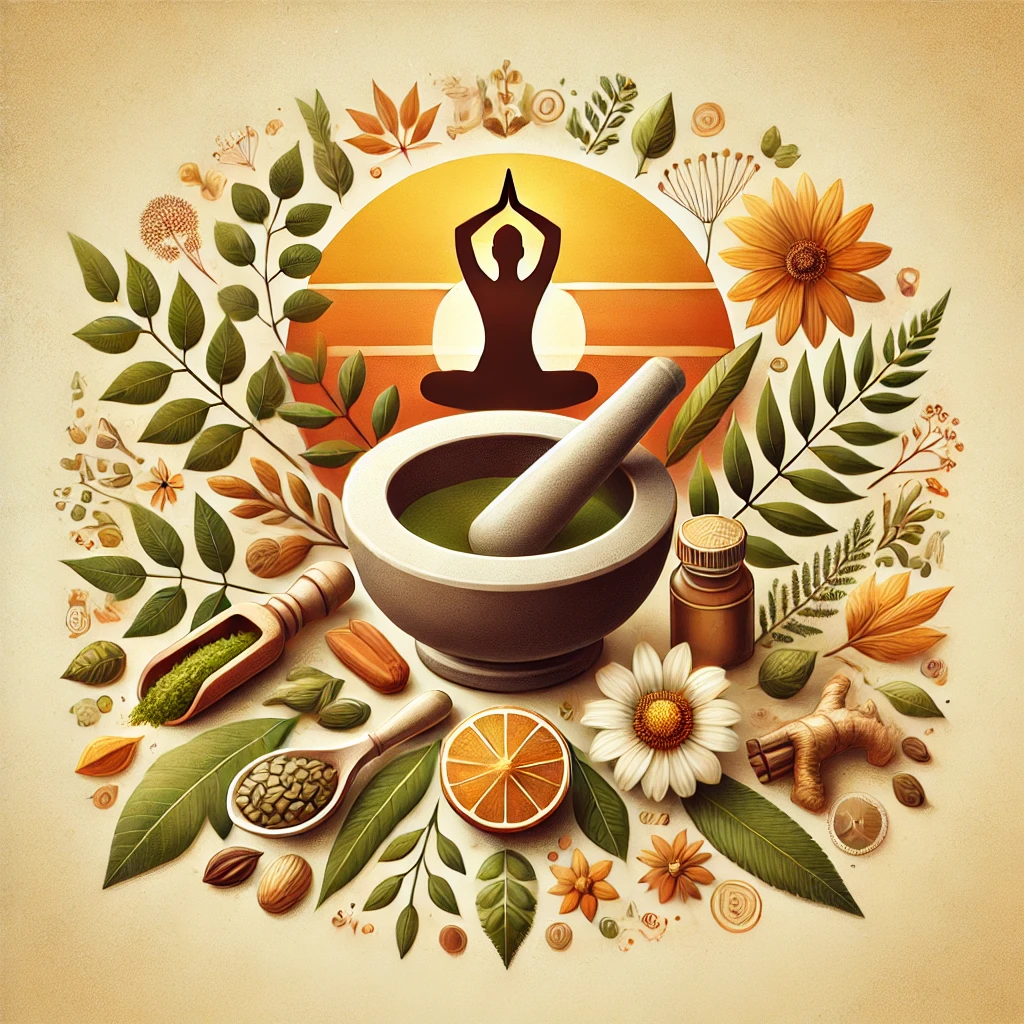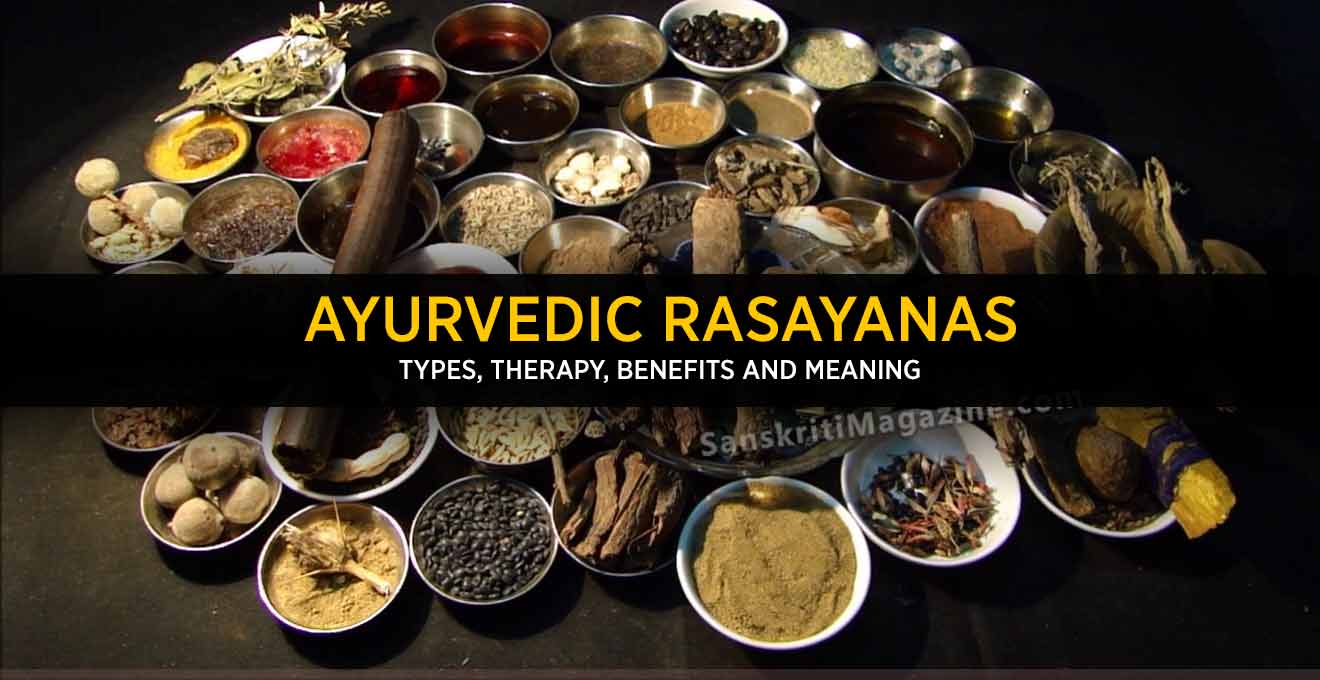Daily routine is a vital and integral part of our state of health. A routine that is followed with care and awareness with respect to our individual constitution and balance will bring many health benefits. In Ayurveda there are certain steps to starting the day, and whilst these can take up some time, they are valuable in their relation to boosting vitality.
To help bring us in tune with nature, and rather our own intelligence, following a dinacharya [daily routine] is essential for establishing great health and regularizing our own biological clock. A proper morning routine can assist in digestion, absorption and assimilation as well as generating peace, discipline, happiness and longevity. It is important to assess any imbalances and your natural constitution before initiating a daily routine as it should be catered to your current state of health. However, there are some general guidelines that are recommended from an ayurvedic perspective.
10 Steps To Perfect Health
1. Awaken Early
Whilst this is not an easy task for some, arising early is beneficial in starting the day. The pure and subtle qualities of nature that is present at this time of the day will bring peace and freshness to the mind and senses. People who have more of the earth and water qualities should arise between 5-5.30AM. Those who have more of the fire element should arise between 5.30-6AM and those who have more light, air and space constitutions should arise between 6-6.30AM.
After arising it is beneficial to say a little prayer or mantra before getting out of bed. This is a divine way of starting the day and induce positivity and light into your life.
2. Tongue Scraping
Washing the face with cold water will bring alertness to the mind. It is a good idea to also wash the eyes and rinse the mouth with cool water. There are a few ayurvedic eye washes that are recommended based upon ones constitution. Triphala tea, rose water and even diluted pomegranate juice are effective eye wash solutions.
An important part of the dinacharya is scraping the tongue. Scraping the tongue can aid in digestion, absorption and assimilation as it stimulates the internal organs. It also removes bacteria. There are a variety of tongue scrapers available on the market today – gold, copper and silver ones. However, stainless steel tongue scrapers are generally suitable for all.
3. Drink Warm Water
Although many use caffeine as a morning drink for stimulation, warm water is more preferable at promoting health. Drinking water, especially from a copper cup, can enhance peristalsis and also flushes the kidneys. Caffeine can contribute to adrenal fatigue and constipation and is therefore not recommended as part of a healthy daily routine.
4. Evacuation
Elimination is one of the three pillars of health according to Ayurveda. If there is proper daily elimination, good health is simpler to attain. When food is not properly digested toxins can build up, creating sluggish digestion. It is important to train the body to have a daily elimination. According to Ayurveda if one misses a daily bowel movement, then the person is said to be constipated. In today’s medical world, constipation is classified as having fewer than three bowel movements a week. To ensure that daily elimination is taking place, one must follow a proper diet and lifestyle for their constitution. Keeping hydrated and the use of herbs, such as triphala, can also help with regulation of bowels.
5. Oil Swish – Gargle
There are many health benefits of oil pulling. This is a technique where a tablespoon of oil (usually sesame or coconut) is swished in the mouth for 10-20 minutes. From promoting dental hygiene to detoxifying the body and increasing energy, oil pulling is an ancient yet current health benefit. However if time is a factor, even a few minutes of oil swishing is advantageous. After spitting out the oil be sure to massage the gums and brush thoroughly. In Ayurveda this practice is referred to as ‘Gandusha’.
6. Nose Drops (Nasya)
Administering ghee or oils in the nasal passages can help with lubrication, cleansing and enhancing mental clarity and improving vision. Making sure that one is lying down with their nostrils parallel to the ceiling, add 3-5 nasal drops into each nostril and sniff deeply but gently. It is advisable to lie for a few minutes to allow the nasal drops to nourish prana. There are a variety of nasal drops recommended, such as brahmi ghee, calamus oil (medicated, not the essential oil) and regular ghee or sesame oil. It is important to note that nasya should not be done an hour before or after showering, or after exercising. It is also recommended to do nasya on an empty stomach. The health benefits of nasya are extensive.
7. Oil Massage (Abhyanga)
Massaging oil on the body is a great way to keep the skin soft, supple and wrinkle free. It is a rejuvenating technique that improves circulation and, when done at night, induces sleep. Massaging the scalp can prevent hair loss and graying. In the evenings, massaging the scalp and soles of the feet with bhringraj oil can help in achieving a calm, restorative sleep.
It is advisable to start with the outer extremities and work towards the heart. One should massage in a linear fashion along the limbs and with circular motions on the joints. Some popular oils used are coconut, sesame, sunflower and almond. According to one’s natural constitution, one should pick an oil that is appropriate to their state of balance.
8. Bathing
Bathing should follow abhyanga to remove any excess oil left on the skin. Bathing is not only cleansing and refreshing, but also an activity that improves mental clarity and revitalizes the body. Using natural and chemical free soaps are recommended. During the summer months it is advisable to shower with cooler water than the winter months. This helps the body to keep in tune with nature and the surrounding environment.
9. Yoga/ Pranayama (breathing exercises)
Practicing yoga daily is recommended for all body types. There are various postures and poses that can help to alleviate many conditions and diseases. Yoga is a vital and important daily activity that brings balance and serenity into life.
There are many types of breathing techniques that have various uses for the body. From lowering blood pressure to reducing weight and cooling the body, it is important to know which pranayama would be indicated for personal use. Pranayama increases the vital energy force in the body and therefore is recommended for health and longevity.
Exercise is an important part of life. Walking daily, particularly in the early mornings, maintains good health and balance. Although many people practice vigorous exercise, this is not always recommended. Ayurveda advises stretching and breathing whereas straining is to be avoided.
10. Meditation
The profound health benefits of meditation are staggering. A simple technique, it allows one to connect with the divinity within oneself and should be a daily practice. There are a few methods that one can choose from simple breathing to mantra based meditation. Amongst many benefits, meditation brings peace, harmony and clarity into one’s life.
These are considered general and basic guidelines for overall health and wellbeing.
This is strictly for educational use and not to be considered medical advice.
References
· Lad, V. (1999). The complete book of Ayurvedic home remedies.
· Sharma, H. (2011). Ayurvedic Healing. Singing Dragon
· Lad, V. (2002). Textbook of Ayurveda. Albuquerque, N.M.: Ayurvedic Press.
· Lad, V. (2012). Ayurvedic perspectives on selected pathologies
· Pole, S. (2013). Ayurvedic medicine the principles of traditional practice
~By Kiren Dhaliwal (healthyayurveda.com)











